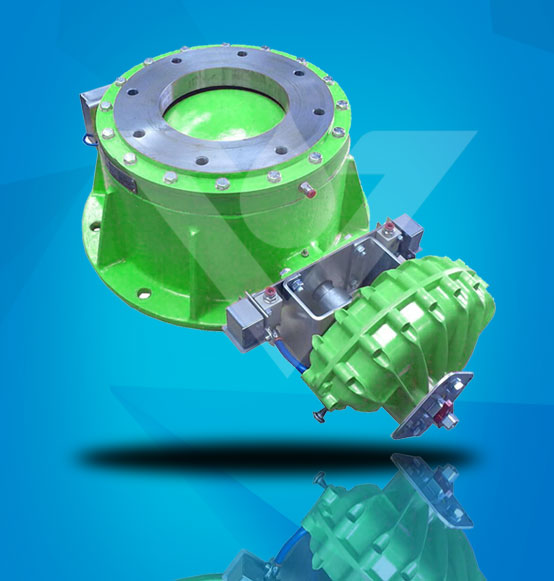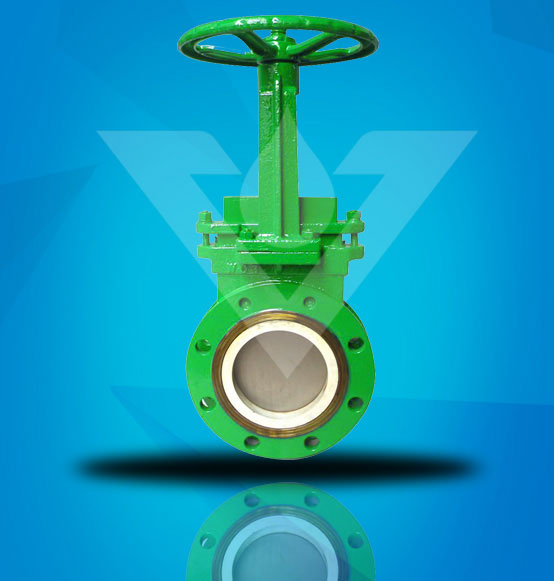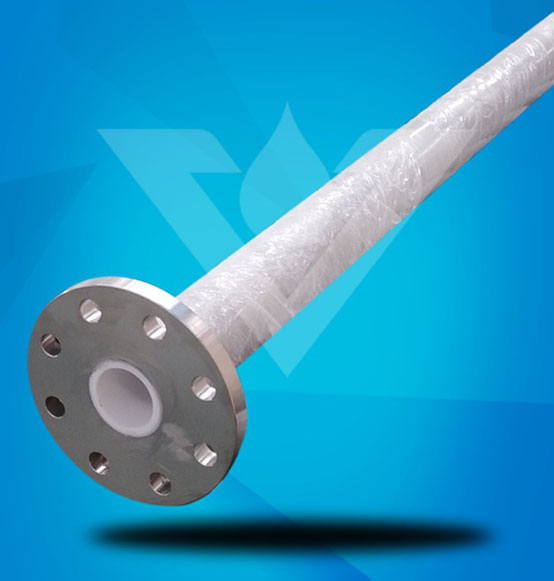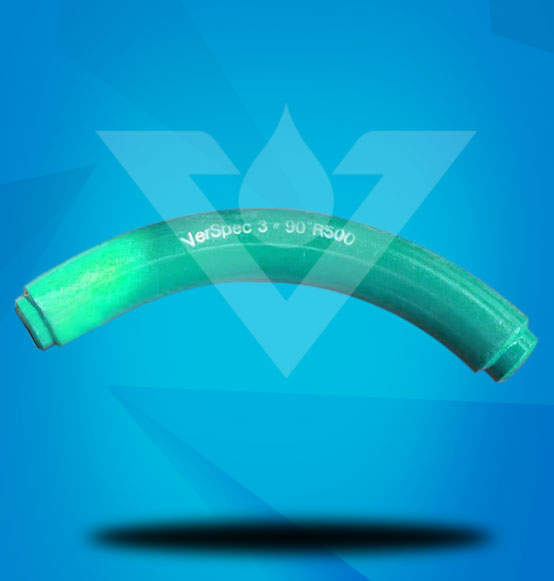GB/T 18851 NDT-PT Procedure (Penetrant Inspection)
1.0 Inspection Theory
Penetrant will infiltration into defects of parts surface under the action by capillary. After clean up remaining penetrant on parts surface, then use the developer to make penetrant adsorb on part’s surface, at the end some mark will be showed in defect position.
2.0 Inspection Procedure
2.1 Part surface Pre-cleaning:
Before use penetrant, part should be cleaned by cleaner first, to make part surface without grease, rust, cutting, painting or others. (if test welding joint line, it should without any oxide skin, welding slag, splash etc.) then let tested part dry enough.
2.2 Dye Penetrant:
Spray all the surface of part, penetrant time: 5~15 minutes
2.3 Clean and Dry:
After 5~15 minutes, clean up remaining penetrant on the part’s surface, then let part surface dry enough.
2.4 Developing
Shake up developer enough then spray on the part’s surface, keep the distance 15cm~30cm between part and spray head, keep spray angle range 30°~40°, developing time at least 7 minutes.
2.5 Observe:
(1) Normally need 7~15 minutes to observe mark showed after use developer until mark stop changing.
(2) Observe developing mark should be under natural light or white light.
(3) Normally observe use naked eyes, also allowed to use 5~10times magnifier.
(4) If some defect marks are uncertainly, it should retest this positon.
2.6 Result Judgment:
(1) Judge defect big or small and serious or not, base on developing mark big or small, and color shades.
(2) The developing mark length and width rate bigger than 3, it’s called liner defect mark, for example long length line defect.
(3) The developing mark length and width rate smaller than 3, it’s called round defect mark, for example air hole, sand hole.
3.0 PT Report
Report content should include bellows information:
(1) Tested part name, material, surface status, quantity and code.
(2) Test standard and requirements.
(3) Penetrant model and type.
(4) PT result.
(5) Tester name and Auditor name
(6) Report date and No.
4.0 Inspection Procedure Chart
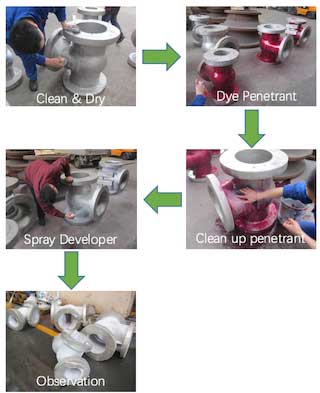

 Español
Español
